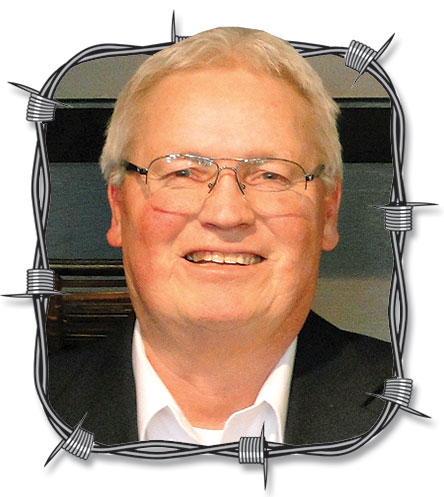Well, last issue I ran out of space to finish the whole topic on cattle buyers and sellers, and the cattle market environment here in northwest Arkansas.
This week I ran into an order buyer that was coming back to northwest Arkansas. His first statement was that the quality of livestock was really good if not excellent in our region. He really liked what he saw. He also really likes dealing with our sale barn owners and the way they do business. This gives credit to the sale barns in our area. It is very important that the people marketing your animals not only be able to work with you, but also have the buyers coming in to buy your animal. By bridging the gap between the local cattleman and the stocker and feedlot, I believe our salebarn operators do as good a job as anyone can.
This new order buyer was buying heifers to go to a feedlot in Oklahoma. He was buying 600 pound heifers and 700 pound heifers for feeding. He was able to buy 13 head weighing 700 pounds and 28 head weighing 600 pounds.
Now, when you are buying heifers for feeding, the last thing a feedlot wants is a pregnant heifer. The pregnancy ruins feed efficiency and normally the calving process does not turn out well. Either we lose the heifer or both the heifer and the calf. These heifers are fed out for slaughter and are too fat for calving. So, it is evident that they will not want them bred.
Heifers can be bred in the pasture by bulls of the same age or by their daddy. They will start cycling when they get to be 65 percent of their mature body weight. In some breeds this may be as early as 5 months of age. I have C-sectioned Jerseys at 13 months of age, just to try and save the outcome of the mistake. Sometimes both live, sometimes only one or both end up dying.
The order buyer I was visiting with was very disheartened when I finished preg-checking both groups of heifers. The 13 head had four animals that were stage two pregnant and one that was stage one pregnant. The 28 head only had three animals that were stage one pregnant.
He mentioned that his boss has offered to buy everyone back here Case knives in order to get these bulls castrated. He also said that he will regretfully not be back, due to this episode.
All it takes to separate heifers and bulls is a hot wire or two. When done properly, I have seen heifers, bulls and high dollar donors and recipient cows kept apart while in heat. The other option is to castrate those bull calves and get those heifers away from their daddy.
Our auction owners are not going to be able to protect your price forever. By not pre-weaning and vaccinating our cattle we are shooting ourselves in the foot. It is about supply and demand. If we do not supply what the buyer is wanting, he is not going to purchase it. This means fewer and fewer buyers at our auctions and that is less competition for your cattle. Less competition means less money to purchase the same cattle.
Dr. Tim O'Neill owns Country Veterinary Clinic in Farmington, Ark.






